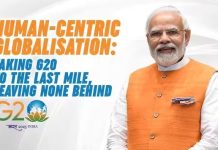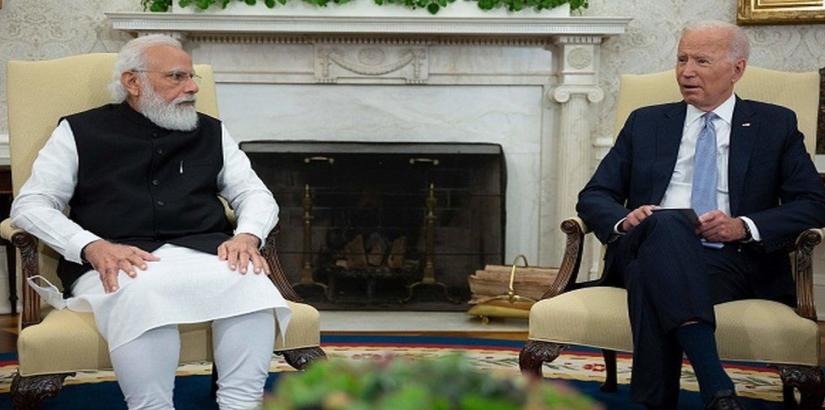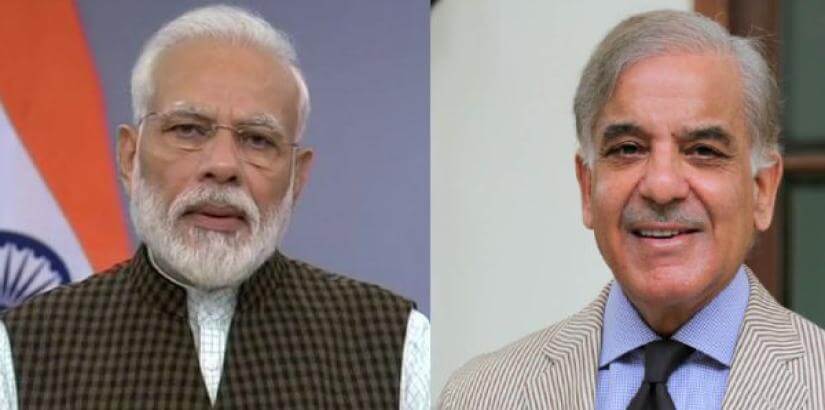Dr. Satyavan Saurabh
The supply and demand shock from the Covid-19 epidemic is expected to cause a global recession. Over the past several weeks, the global supply chain has been disrupted as workers have stopped coming to work, factories have been closed, and borders and terminals have been sealed. Demand has collapsed. Concerns of economic insecurity have increased due to supply chain and local control efforts, a widespread belief that nothing will be the same after the coronavirus virus epidemic, with society changing the role of government and the economy. Some speculate that we will see a society that will show more solidarity and a new economic model, which will work for all and perhaps strengthen a greater sense of international cooperation on climate change.
But the rapid decline in production is more akin to the beginning of the Great Depression, rather than a small recession. Epidemiological evidence suggests that it may be up to two years, rather than a few weeks or months before the curb restrictions on economic activity are lifted. History suggests that a substantial economic recovery will require global economic cooperation. Since 1950, economic globalization has transformed the world economy, contributing significantly to the standard of living. The scope of globalization extends from trade in goods and services to international migration of labor, more recent finance, international agreements (in terms of trade), or a consensus that reducing barriers to immigration and global investment will benefit. At that time it was believed that international economic cooperation would reduce the possibility of another war after the devastation of World War II. And America, the world’s major economic power, saw the opening of the world economy as the key to economic development.
The economic miracles of the European Renaissance in the 1950s and 1960s were followed by economic miracles in a number of far Eastern countries, ranging from Japan to Korea and China until 1990, raising the standard of living of urban dwellers to near-western levels. This boom reduced global poverty by one billion, mainly in China and India. Globalization seemed to have conquered the world. But since 2000, the political momentum to increase global economic integration has slowed, as concerns about its impact on inequality grew. Global trade negotiations that began in 2000 failed to form an agreement and the benefits of financial globalization became apparent in the 2008 financial crisis. However, the pace of globalization has slowed down and political support for it has weakened.
For American farmers and car manufacturers, China is their largest market. Britain’s role as a global financial center is the linchpin of its economy. Developing countries like Bangladesh and Vietnam are increasingly dependent on clothing exports. And getting money from migrants is important for the economy of many poor countries from the Philippines to Nepal to Central America. Currently, the sharp recession in the two largest economic sectors of the US and the European Union will completely change the global economy and probably have the greatest impact on poor countries. The Covid-19 crisis is a challenge that has never been seen before and is a bigger blow to the world economy than the global economic crisis, it is clear that many economies are shrinking in developed countries as well as in the Asia Pacific region. Those who are highly dependent on tourism and commodities trade, commodity prices are at their lowest levels in the last 10 years. For India, although a slightly beneficial lining of silver has been found due to low oil and commodity prices, as we are net importers, work disruptions today, especially in the mid-industry, which are the backbone of manufacturing, trade, and services, is very serious. This is a major setback for the world economy and many things will change once it comes out.
Electrical devices such as smartphones and computers form an important part of India’s import bill. For example, about 88 percent of the components used by the mobile handset industry are imported from countries such as China. More than 60 percent of the country’s medical equipment is imported. Other products imported into the country are cells and modules used by the country’s solar energy industry. India’s pharmaceutical industry is capable of producing finished formulas and is also the domestic manufacturer of several major ingredients for their manufacture. However, the industry also imports some key ingredients for antibiotics and vitamins that are not currently manufactured in India. The country is currently trying to encourage domestic firms to make these key ingredients known as fermentation-based APIs. However, this may take a few years. Some auto manufacturers depend on imports for various components, while the country’s electric vehicles industry is “largely” dependent on Chinese imports for chemicals used to make cathodes and battery cells.
Local dyestuff units in India are also dependent on imports of many raw materials, while specialty chemicals for textiles such as denim are also imported. For example, when China initiated the lockdown of Wuhan during the Covid-19 epidemic earlier this year, about 20 percent of India’s dyes and dyestuff industry production was affected by raw material disruptions. Some of the major products that India imports such as semiconductors, displays, and other very capital-intensive electrical appliances may not be possible soon because they require clean, large, and stable sources of water.
They also need a high degree of policy certainty. Because they require a high upfront investment. Although Indian firms may start producing less sophisticated components if certain policy measures are taken, the Indian industry has to face very high costs such as power and very high logistics costs.
We have the potential to become a manufacturing hub for our country and not an export dependency. One of the main issues withholding manufacturing in the country is lack of flexibility in labor laws, high cost and low availability of land, high cost of electricity, costly loans, and many taxes.







